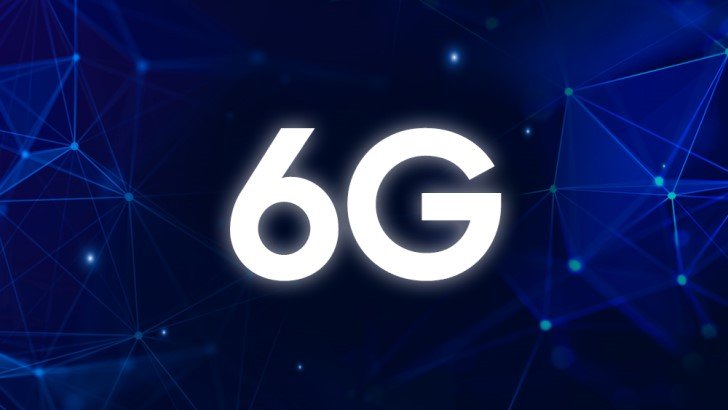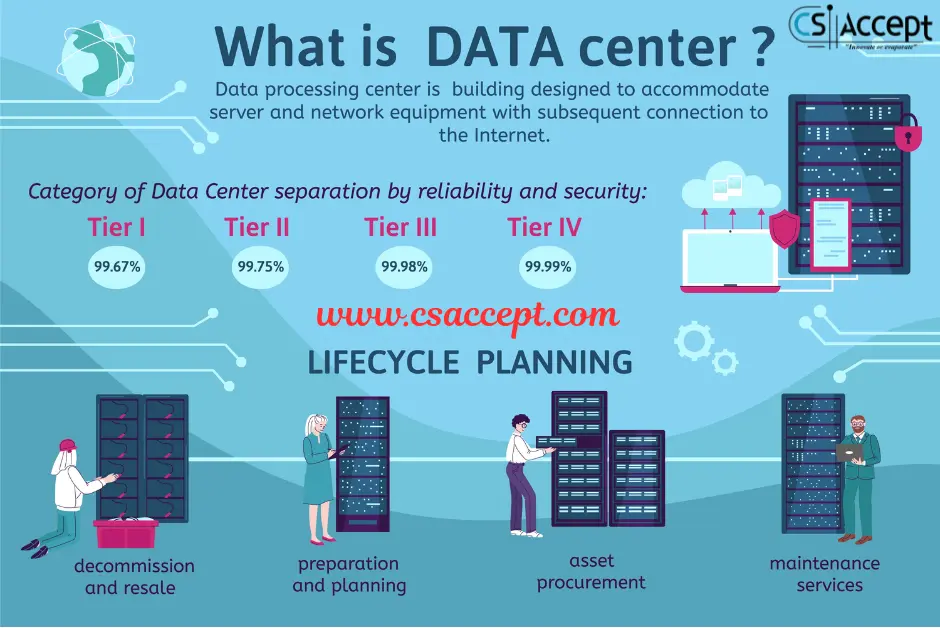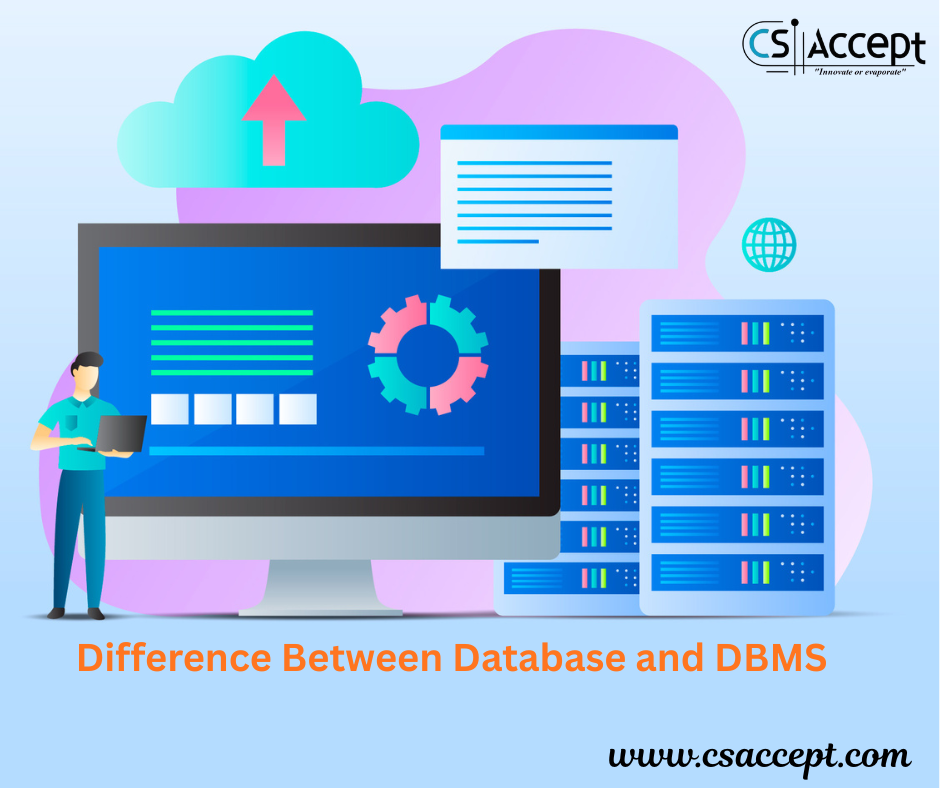
1. Introduction to 6G
6G, or sixth-generation wireless technology, is the future successor to 5G. It is still in the research and development stage, with an expected rollout around 2030. While 5G introduced ultra-fast internet and lower latency, 6G promises to vastly outperform it with speeds up to 100 times faster, ultra-low latency, and seamless global connectivity.
2. Key Features of 6G
| Feature | 5G | 6G (Expected) |
|---|---|---|
| Speed | Up to 10 Gbps | Up to 1 Tbps (1,000 Gbps) |
| Latency | ~1 ms | ~0.1 ms |
| Bandwidth | Sub-6 GHz and mmWave | Terahertz (THz) spectrum |
| Network Density | 1 million devices/sq km | 10 million devices/sq km |
| AI Integration | Minimal | Deeply integrated AI/ML |
| Reliability | High | Ultra-high, near real-time |
| Coverage | Urban-focused | Global (including oceans and rural) |
3. Major Advancements Over 5G
A. Blazing Speed
- 5G speed: 10 Gbps max.
- 6G speed: Up to 1 Tbps (terabit per second).
- Example: Downloading a 2-hour 4K movie:
- 5G: ~40 seconds
- 6G: ~0.5 seconds
B. Ultra-Low Latency
- Latency reduced to 0.1 milliseconds.
- Useful for applications like brain-computer interfaces, remote robotic surgery, or autonomous vehicles that need real-time feedback.
C. Use of Terahertz (THz) Waves
- 6G will operate in 0.1–10 THz bands.
- This opens up massive bandwidth but comes with challenges like signal attenuation and short range.
D. Deep AI & Machine Learning Integration
- 6G networks will use AI for:
- Predictive resource allocation
- Self-optimizing networks
- Real-time translation and augmented perception
- Example: A smart city using AI-powered 6G could adjust traffic lights in real-time based on congestion and pedestrian movement.
E. Holographic & Immersive Communication
- 6G will support:
- Holographic calls
- Full-body VR/AR experiences
- Tactile Internet (sending touch through the internet)
- Example: Doctors performing surgeries remotely with haptic gloves that replicate real-time sensations via 6G.
F. Satellite Integration & Global Coverage
- 6G aims to combine terrestrial and non-terrestrial networks (e.g., satellites, drones).
- Ideal for:
- Remote regions
- Maritime and aviation communications
- Example: A student in a rural village accessing immersive virtual classrooms with no lag or connectivity issues.
4. Real-World Use Case Examples
1. Smart Healthcare
- 5G: Enabled remote consultations.
- 6G: Enables real-time remote surgeries using robotic arms and ultra-HD imaging with zero delay.
2. Autonomous Vehicles
- 5G: Basic V2X (vehicle-to-everything) communication.
- 6G: Real-time swarm coordination between vehicles and infrastructure, preventing accidents instantly.
3. Education
- 5G: Supports remote video learning.
- 6G: Delivers holographic teachers in 3D classrooms, fully interactive, and available globally.
4. Industry 5.0
- Machines will not just follow commands but cooperate intelligently with humans, adapting in real-time using 6G-powered AI.
5. Challenges Ahead
- Technological Barriers: Terahertz communication needs new hardware.
- Energy Consumption: High data rates mean increased energy demands.
- Privacy & Security: Real-time data collection and AI integration raise surveillance and ethical concerns.
- Global Standardization: Like 5G, countries must agree on global 6G standards and spectrum allocations.
6. Conclusion
6G will not just be “faster 5G” — it will redefine digital interaction, bringing immersive, intelligent, and hyper-connected experiences. Its development will influence everything from healthcare and education to transportation, entertainment, and even space communication.







